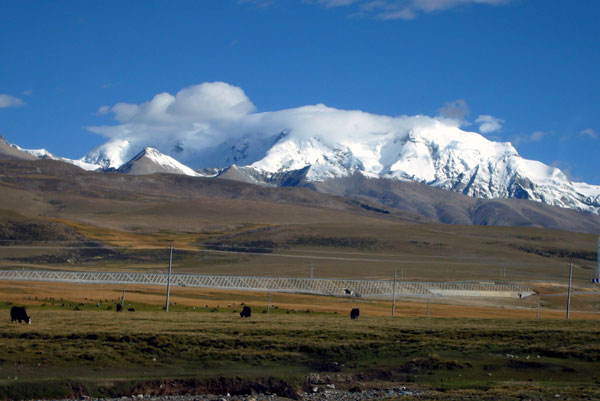 |
|
Yaks graze on the grasslands below a snow-capped mountain in Tibet's Damxung county. [Photo/CFP] |
Researchers found that dominant grass species, such as bog sedge on the high mountains of Tibet, can tell when an Indian monsoon is coming by unfolding their leaves before it hits.
They recently published their findings in the journal Scientific Reports.
It was the first time scientists found some plants possess sophisticated weather-forecasting abilities, and they thought these plants were more adaptable to climate change.
"They seem to have a sophisticated weather-forecasting system. It's quite amazing," said Professor Luo Tianxiang at the Chinese Academy of Sciences' Institute of Tibetan Plateau Research in Beijing. Luo served as the lead scientist of the research team.
Researchers made the discovery while they investigated whether a sudden jump in temperature would interfere with a plant's biological clock, which might indicate climate change's negative impact on an ecosystem.
Many plants fold their leaves during the cold and dry winter months to protect themselves. Some fear that plants may unfold their leaves early in the event of an exceptionally warm winter.
They analyzed observational records from five scientific stations on the plateau over the last two decades, and conducted experiments for seven years on a remote mountain slope in Tibet's Damxung county to test and prove their theories.
But they found that the plants in Tibet unfold their leaves regardless of the changes in temperature before the coming Indian monsoon.
The Indian monsoon blows in from the Indian Ocean to northeasterly regions in summer, bringing an abundance of rainfall, but the dates of its arrival and duration vary from year to year.
Scientists have not figured out what causes the alpine meadows on the plateau to know when the monsoon happens thousands of kilometers away over the Indian Ocean.
